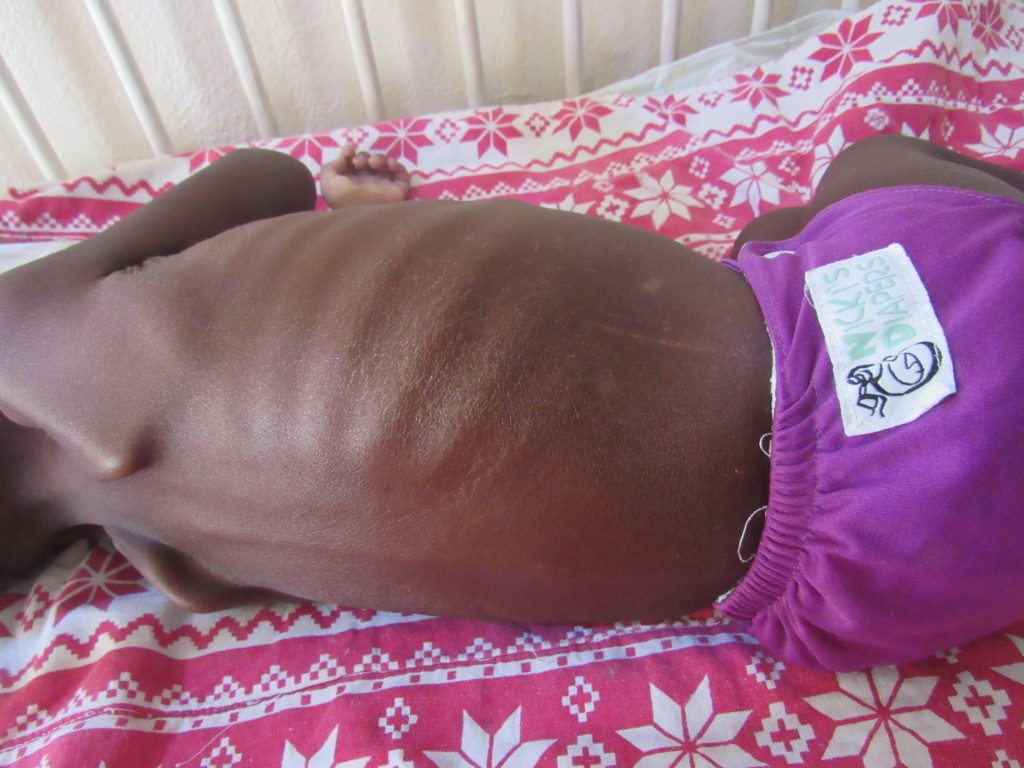What is the kwashiorkor disease?
Kwashiorkor is a disease marked by severe protein malnutrition and bilateral extremity swelling. It usually affects infants and children, most often around the age of weaning through age 5. The disease is seen in very severe cases of starvation and poverty-stricken regions worldwide.
Skin changes with kwashiorkor
Skin manifestations of kwashiorkor progress over the course of days from dryness and atrophy to generalized hyperkeratosis and hyperpigmentation. The fragile skin peels off in an irregular manner to reveal underlying hypopigmentation (“flaky paint” or “peeling paint” dermatosis), particularly over the buttocks and limbs. The most common skin finding is the shiny, varnished-looking nature of hyperpigmentation. The hair is usually sparse, dry, and brittle, with a reddish yellow hue (link reference)
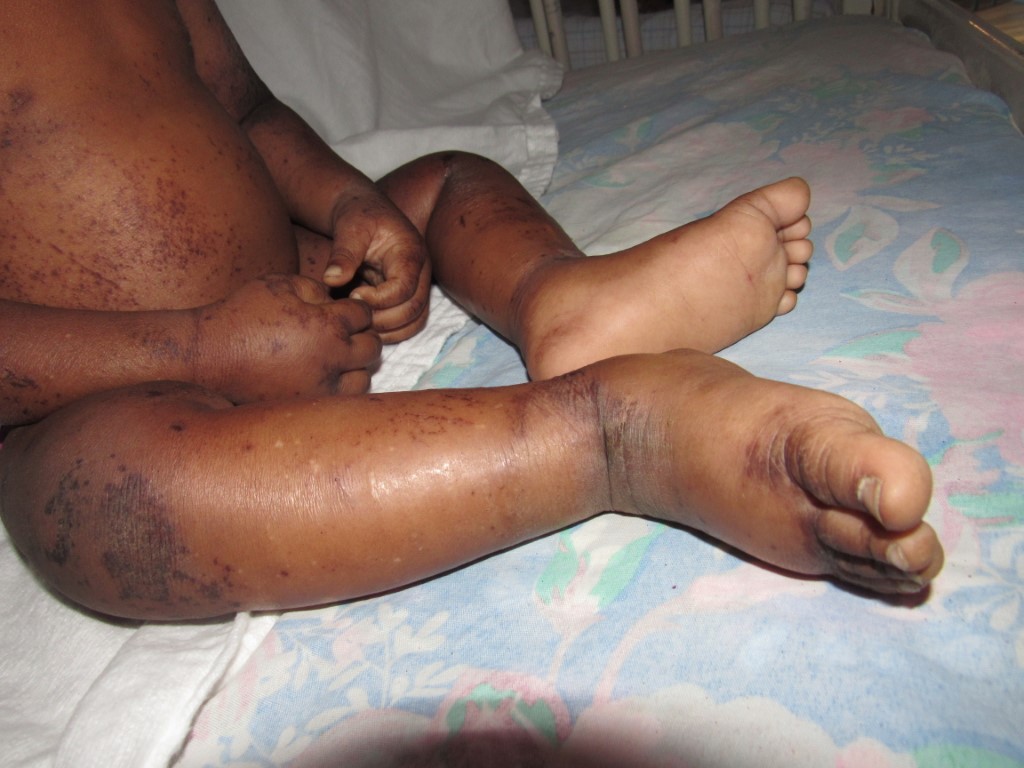

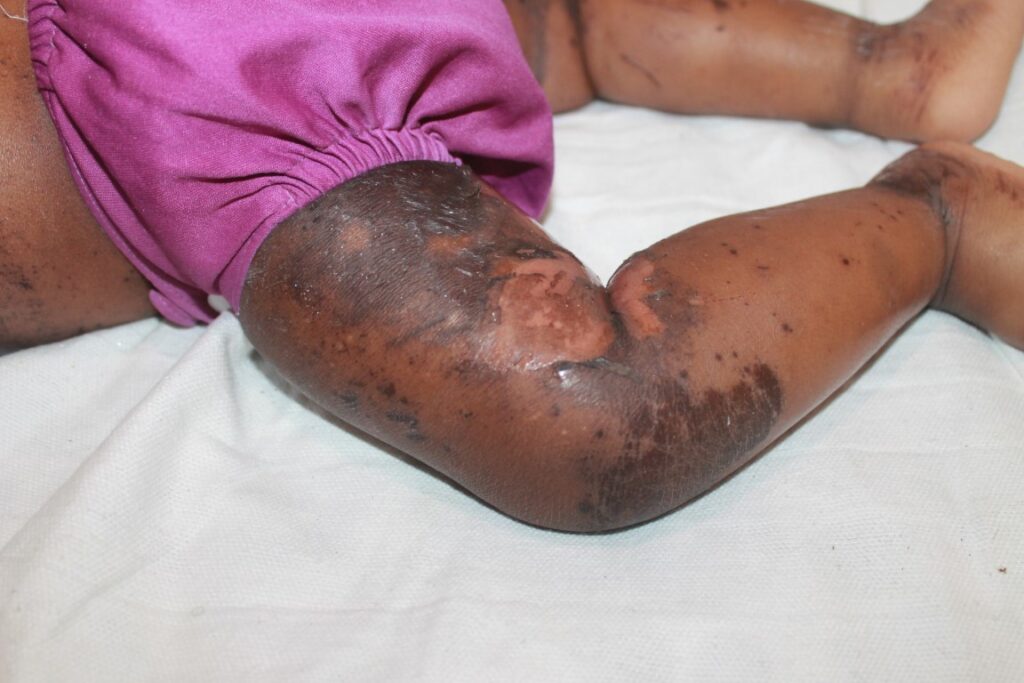
Severe protein deficiency causes fluid retention in the tissues (edema), which distinguishes kwashiorkor from other forms of malnutrition. People with kwashiorkor may look emaciated in their limbs but swollen in their hands and feet, face and belly.
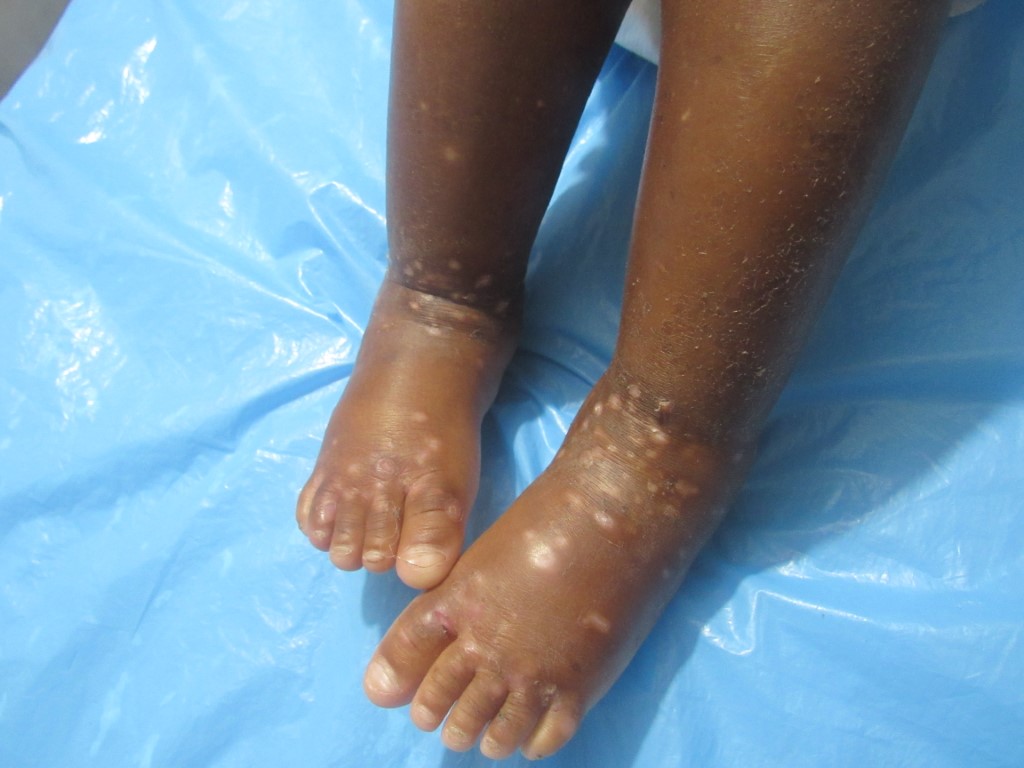
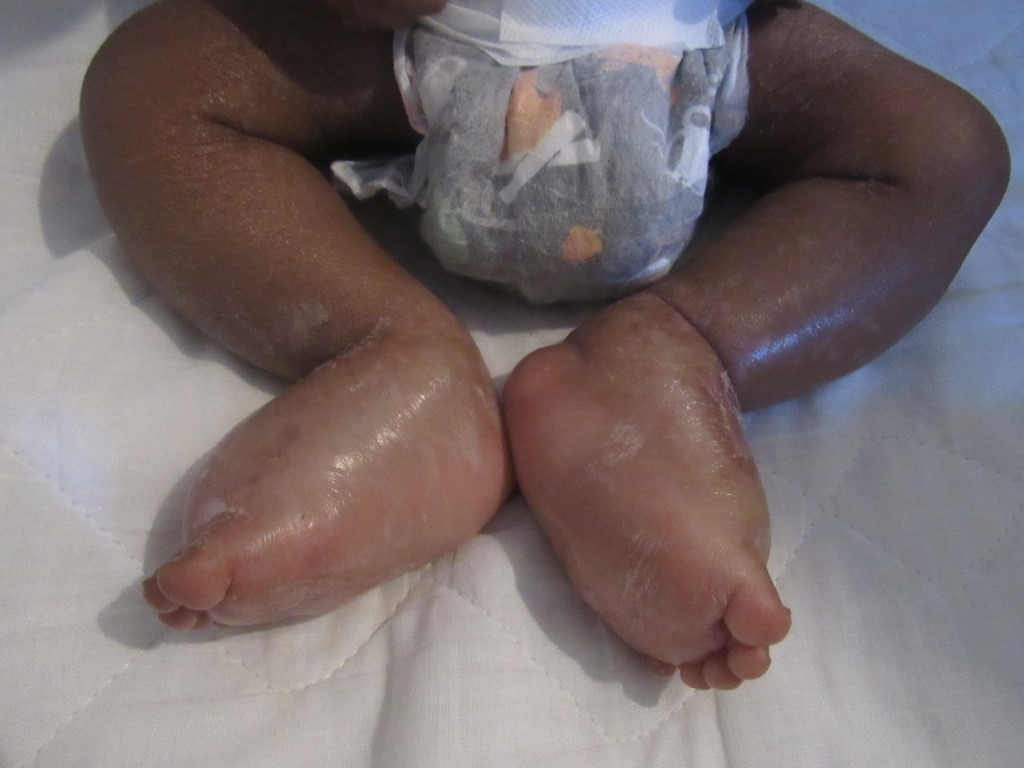
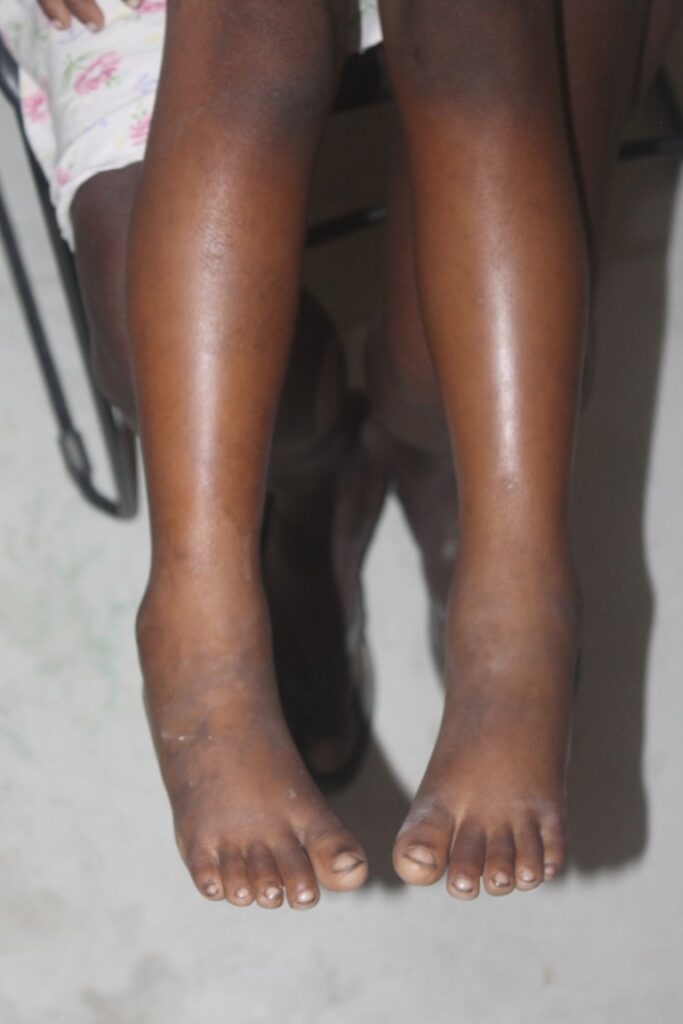
Marasmus is severe undernutrition — a deficiency in all the macronutrients that the body requires to function, including carbohydrates, protein and fats. Marasmus causes visible wasting of fat and muscle under the skin, giving bodies an emaciated appearance. It causes stunted growth in children. (link reference)

